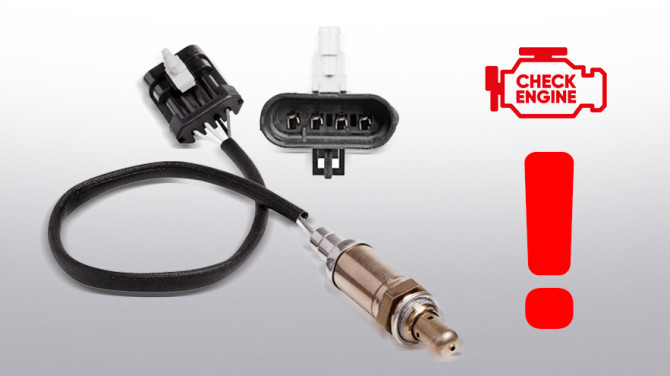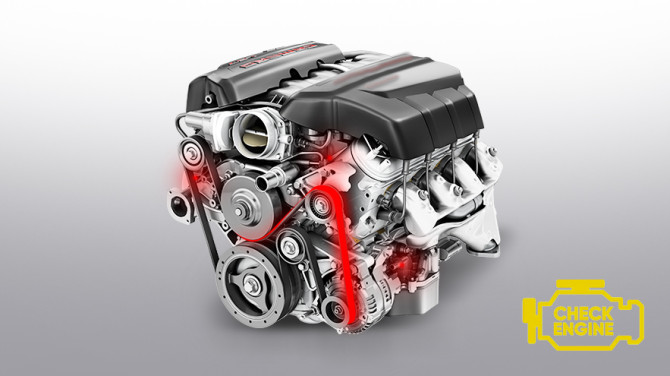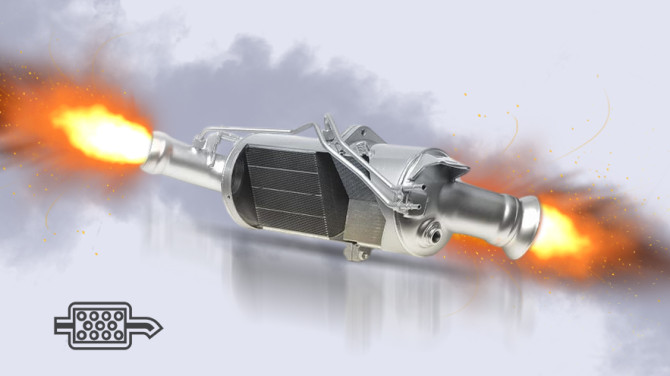Cutting out the catalytic converter: is it worth it?

The catalytic converter is one of the first units designed to reduce harmful emissions into the atmosphere. The catalytic converter is installed relatively recently, since the early 90s. Despite a good idea, this node can create certain problems. Often drivers think about removing the catalytic converter. Is it possible to do this and what other options are available?
Function of the catalytic converter in a car
The catalytic converter – is an important element of the exhaust system, which is responsible for cleaning the exhaust gases. It is usually located at the beginning of the exhaust path, between the exhaust manifold and the resonator. The design of the unit includes a ceramic or metal base with a large number of channels coated with a catalysing layer of precious metals such as platinum, palladium and rhodium.
When exhaust gases pass through the catalyst, they engage in chemical reactions that convert toxic substances into safe ones:
- nitrogen oxides (NOx) are converted into nitrogen and oxygen;
- carbon monoxide (CO) is converted into carbon dioxide (CO₂);
- unburned hydrocarbons (HC) are oxidised to water vapour and CO₂;
The main problem with the catalyst is its limited lifetime. Usually it is able to work effectively from 100,000 to 150,000 kilometres of mileage, depending on the quality of fuel and the general condition of the engine. The second trouble that can happen to the node is theft. The neutraliser contains precious metals and even a used one costs several hundred zlotys, so it becomes a target for fraudsters.
What to do if the catalytic converter is defective
A catalytic converter malfunction can be recognised by such symptoms as reduced engine power, increased fuel consumption, extraneous sounds, unpleasant smell of exhaust gases. And, of course, the Check Engine icon will light up on the instrument panel. The main causes of failure are as follows:
- clogging of the honeycomb due to accumulation of soot, fuel and oil residues;
- mechanical damage – cracks or destruction of the ceramic structure due to vibrations and shocks;
- overheating due to ignition malfunction or fuel system malfunction.
A dirty or destroyed catalytic converter affects engine performance and can lead to serious problems. If the catalytic converter has failed, you have several options:
- Replacing it with an original catalytic converter is the most expensive but most reliable solution.
- Installing a universal catalytic converter is a more affordable alternative, but may have a shorter lifespan.
- Removing the catalytic converter with software system deactivation.
How to remove a catalytic converter
Technically, the process of cutting out the catalytic converter is not complicated. However, the procedure can have side effects and lead to unpredictable results. In any case, you should not perform manipulations with this node yourself, you need to contact a qualified workshop – for example, to us at STS.
Can the catalytic converter be removed from the car?
Poland, like the rest of the EU, has strict environmental standards. Removing the catalytic converter is illegal because it increases the level of harmful emissions and the car may no longer meet the requirements of the technical inspection.
When is a catalytic converter removed?
The catalytic converter is removed in the following cases:
- Complete clogging of the honeycomb, which creates excessive back pressure in the exhaust system. This can lead to a drop in power and even engine stalling.
- Destruction of the ceramic base. Pieces of ceramic can block the exhaust duct, causing engine malfunctions.
- Sporty use of the vehicle where maximum power and reduced drag in the exhaust system are important.
Programmed catalytic converter deactivation - what is it?
After the physical removal of the catalytic converter, the software of the electronic control unit (ECU) must be modified. The important steps in software deactivation are:
- Read ECU firmware with the help of diagnostic equipment (KESS, K-TAG, PCM Flash and others).
- Removing errors and disabling the monitoring of lambda probes, especially the second (after the catalyser), which controls the efficiency of exhaust gas cleaning.
- Updating the firmware and checking engine performance to ensure stable operation without the catalyser.
Programmed deactivation helps avoid problems such as reduced power, erratic engine performance and Check Engine indication.
What happens after the catalytic converter is removed
A car with the catalytic converter removed becomes a vehicle of the lowest ecological class. This will certainly affect the operation of many systems, as well as when passing technical inspections or roadside checks.
Can I drive without a catalytic converter?
Technically speaking, driving without a catalytic converter is possible, but it is worth considering the consequences:
- Decrease in ecological efficiency of the car - the level of toxic emissions increases several times.
- An increase in noise in the exhaust system. To reduce this effect, a resonator is often installed instead of a catalyser.
- Possible reduction in engine life due to improper operation of the fuel control system.
To avoid these problems, it is important to perform a proper software deactivation and install alternative components (e.g. flame arrester or stringer).
So what to do: remove or leave?
The advantages and disadvantages of removing the catalyser:
Benefits:
- increased engine power;
- reduced maintenance costs (no need to replace the catalyser);
- improved dynamic characteristics of the car.
Disadvantages:
- possible problems with technical inspection and generally with the law;
- increased emissions;
- increased noise of the exhaust system.
Before cutting out the catalytic converter, you should contact specialists who are experienced in software and exhaust systems.
Diagnostics and deactivation at STS
The STS Company offers comprehensive services to diagnose and fix catalytic converter problems:
- computer diagnostics of the engine control system;
- assessment of the catalyst condition with the help of exhaust system endoscopy;
- replacement of the catalytic converter with alternative components (universal catalyser, resonator or flame arrester);
- replacement of the catalytic converter with alternative components (universal catalytic converter, resonator or flame arrester).
- programming of the ECU to optimise engine performance.
Our employees have many years of experience in servicing and repairing high-tech systems of the car. We use only modern equipment and provide a warranty on all work and applied components. Please contact us and we will help you find the best solution for your car!
Our staff has many years of experience in servicing and repairing high-tech systems of the car.






